AN EXCLUSIVE INTERVIEW WITH
JAMES HAYMAN
BY LEILA ANTAKLY
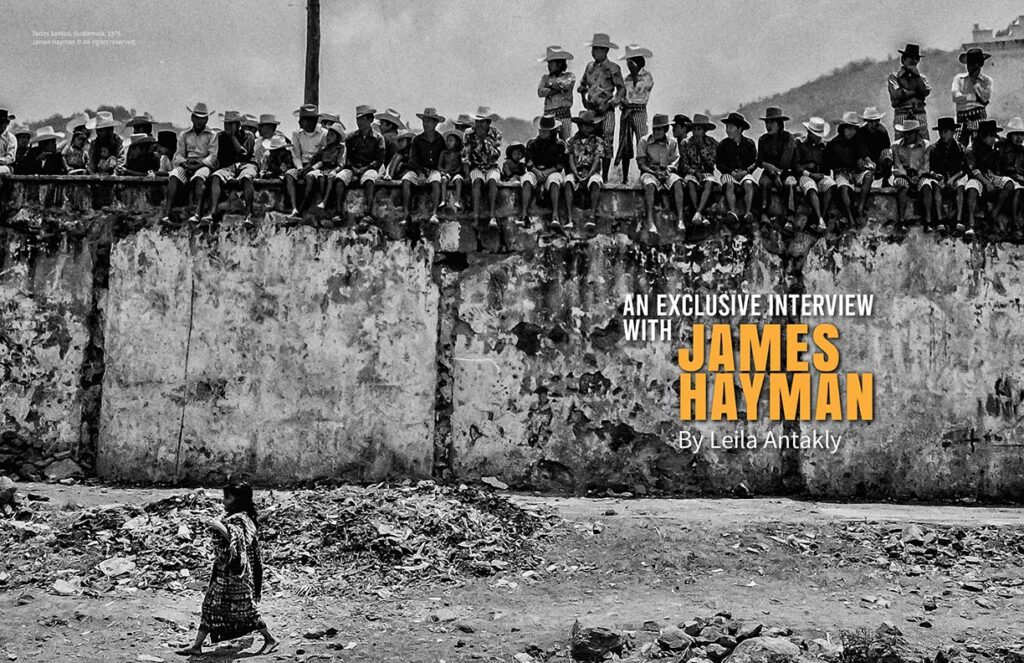
James Hayman © All rights reserved.
Some of Hayman’s earliest photographic work took place shortly after the 1976 earthquake in Guatemala, where he went to aid the U.N.’s disaster relief efforts. While there, he fell in love with the environment and the people who lived there, a trait he would continue throughout all his future travels. Through an unabashedly humanist lens, these photographs depict a time and a place deeply rooted in its historical moment and universal in their exploration of what constitutes beauty, life, and community.
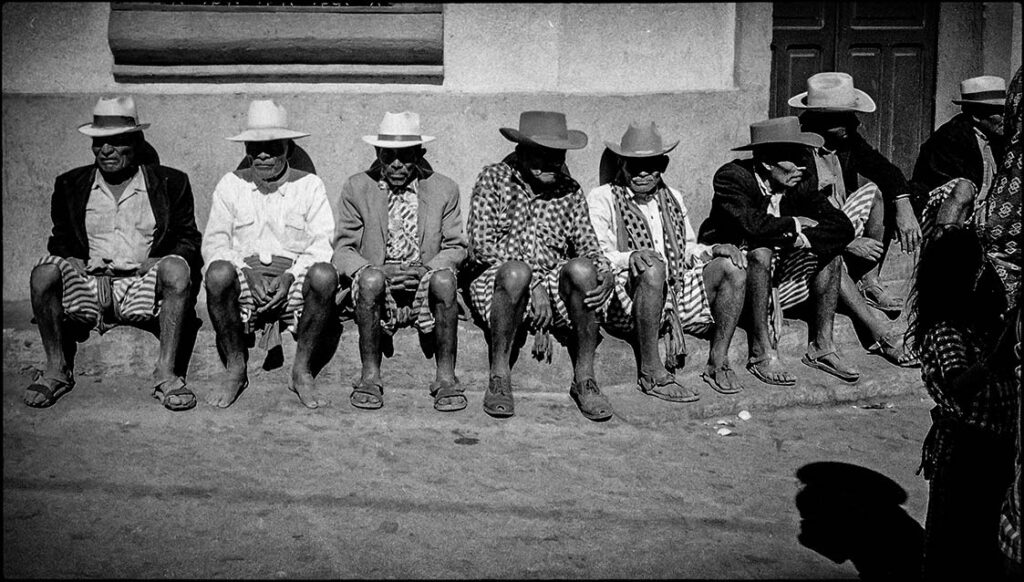
James Hayman © All rights reserved.
Since the 1970s James Hayman, an L.A based visual artist and filmmaker, has been documenting communities worldwide through a humanist lens. After studying photojournalism and being disillusioned with its limitations during a photoshoot at the Nixon White House, Hayman’s photographic career turned to collaborate with communities he encountered throughout his career as a volunteer and television/film director. The result is a body of work that Hayman continues to this day, documenting everyday people in bodies of work that act as time capsules.
AN EXCLUSIVE INTERVIEW WITH
JAMES HAYMAN
BY LEILA ANTAKLY
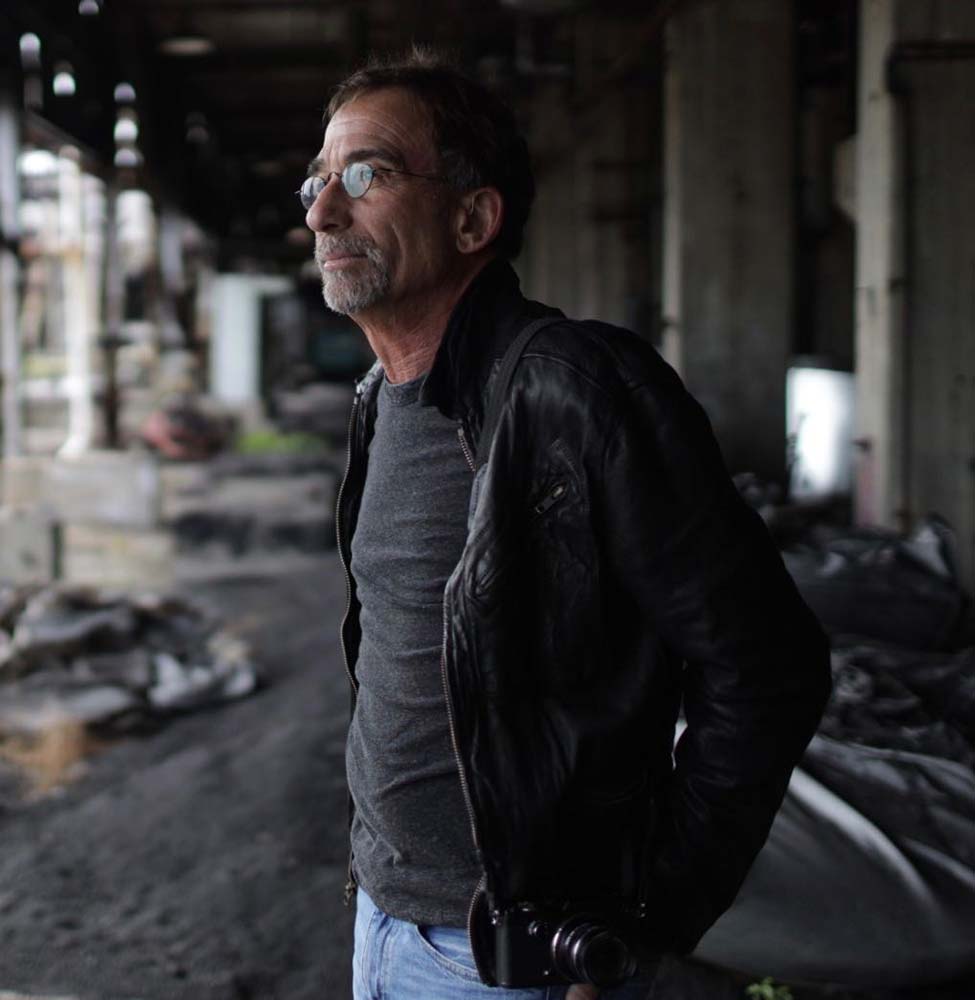
Leila Antakly: Thank you for taking the time for this interview on Lens Magazine. You have an extraordinary experience of years as a fine art photographer as well as a Filmmaker. Tell us about the skills you took as a photographer to move into directing or vice versa and about your journey from street and documentary photography to filmmaking.
James Hayman: Actual study of the medium allowed me to expand my knowledge at a much faster rate. I first started taking photos at the age of 16. I was given a camera by an uncle with some rudimentary instructions, but trial and error taught me how to take a picture. Being a photographer is so much more than taking a picture. As an artist, you learn from various aspects of your life. I was actually introduced to framing, composition, and lighting through black-and-white movies of the 30s and 40s. My mother loved to stay up late and watch those movies on television, and she liked company. So, I also watched these movies at a young age, which somehow shaped my artistic eye. It was by going to college that really put my artistic growth into hyperdrive.
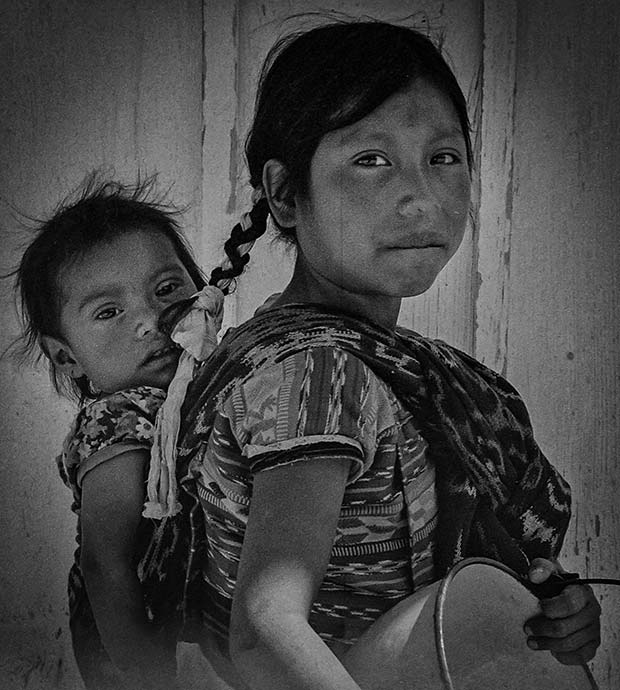
James Hayman © All rights reserved.
I was in a photojournalism program at American University in Washington D.C. It was a small program, and I had a professor and his mentor as teachers. They taught me the basics: exposure, film stocks, developing techniques, etc. That knowledge freed me up to really explore what I was trying to create. Through the program, I got a summer job with a news service.
My first assignment was to photograph President Nixon and Soviet President Brezhnev in the White House Rose Garden. It was a shark frenzy. A mass of photographers, all trying to get the perfect shot. In fact, I got a shot, but it was clear to me that news photography was not for me. So, I returned to street photography.
Around the same time, I took my first film appreciation course and suddenly was reconnected to those old black-and-white movies. I found a Super 8 camera and started making short films. Again, through trial and error, I somewhat succeeded. It wasn’t until I transferred to the University of California and entered a film program that I really learned the basics of storytelling and film production.
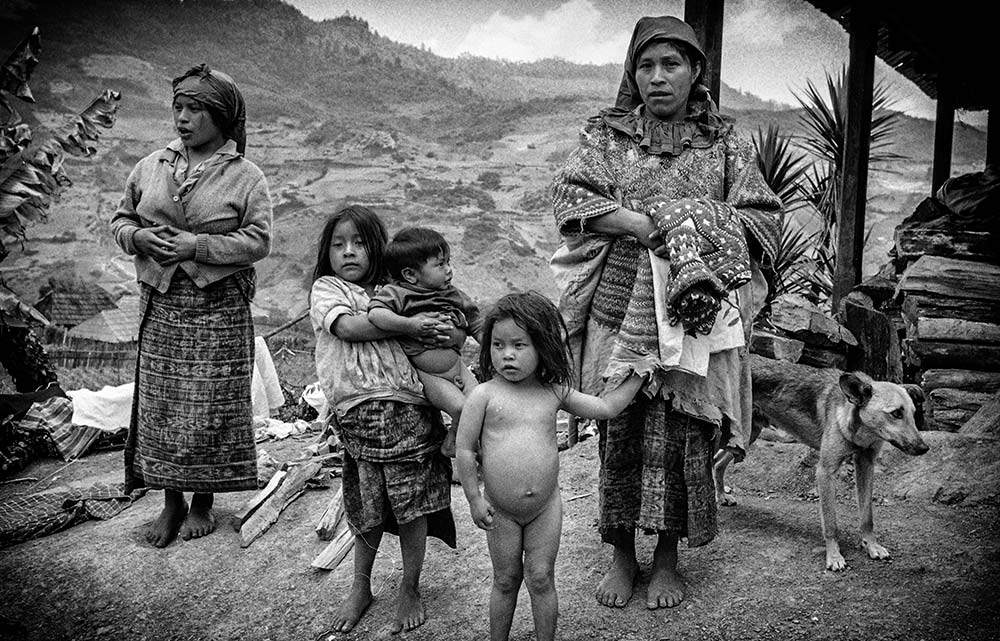
James Hayman © All rights reserved.
What followed was a year of traveling in Mexico and Guatemala, working for the U.N., putting a portfolio together, and getting accepted to the graduate program in film at New York University. That’s where my knowledge of filmmaking hit overdrive. I followed an emphasis in cinematography, and that’s where I had learned as a photographer melded with my filmmaking. From there, I worked as a cinematographer for many years, always trying to use the camera as an integral part of the storytelling, always to support the narrative, not just make pretty pictures.
Of course, that led to directing and then on to producing. Now I have returned to photography as a creative outlet.
I find my work is much more narrative-based. I guess this is a very long-winded way to say that for me, “just going for it” and organized study in the various mediums have both contributed to all my work.
L. A.: Tell us about some extraordinary memories from this time shooting in Guatemala and Mexico.
J. H.: After maybe a month of traveling south through Mexico, I ended up in a tiny beach village in the state of Oaxaca on the Pacific Ocean called Zipolite. I had to hike 5 kilometers from the main road. I arrived on the first night the village had electricity, and there was a huge fiesta going on. Cauldrons of turtle soup and tequila and cerveza (Beer) flowing.
I thought I had finally gotten to the ends of the earth, as far away from my East Coast life as possible, and then I ran into a woman I knew from New Jersey.
I lived with the mayor of that village, Bulfrano Garcia, and his family for several months. They welcomed me into their home, and I photographed all of them. It allowed me such an intimate connection with each of them, and I believe, directed my approach to photography for years to come. On February 4, 1976, there was a 7.5 magnitude earthquake in Guatemala. I was in Mexico at the time, heading to Panama. I was only passing through Guatemala the following week when I was approached to work for the United Nations in disaster relief.
I agreed, and for several months I traveled to the most remote areas of the country to assess what people needed. The overwhelming answer to that question was a short laugh and “we need everything that we needed before the earthquake.”
These were tiny remote villages, barely subsisting. I also watched as the U.N. planes unloaded vast amounts of hurricane relief goods, only to be taken by the military, never getting to those villages. It was a political awakening for me. And again, afforded me an intimate view of the country and its people.

James Hayman © All rights reserved.
L. A.: I would love to ask you about the photographer vs. observer role when shooting subjects or not interfering in the environment. It’s always a tricky one.
J. H.: When I first started exploring the world of photography, I saw my position as an observer, invisible to my subject. My approach was to capture private moments unbeknownst to those I was photographing. I worked that way for many years. Then, about 7 years ago, I moved to New Orleans to run a television show, and while there, my approach shifted. I think it came out of something told to me when I moved there: “If you ask someone in the South how they are, you better have 15-20 minutes because they are going to tell you!” Coming from Los Angeles and New York, I certainly wasn’t used to that. Then I became one of those people. I started interacting with my subjects, initiating conversations, learning about them as I shared a little of myself.
Then, as that relationship developed, I would begin to photograph them. The result was an exciting interaction between subject and artist. At first, they would clearly pose for me. I found that interesting to see how they wanted to present themselves. Then, as we continued this dialogue, they would forget about the camera to a degree, and I would find intimate moments to capture.
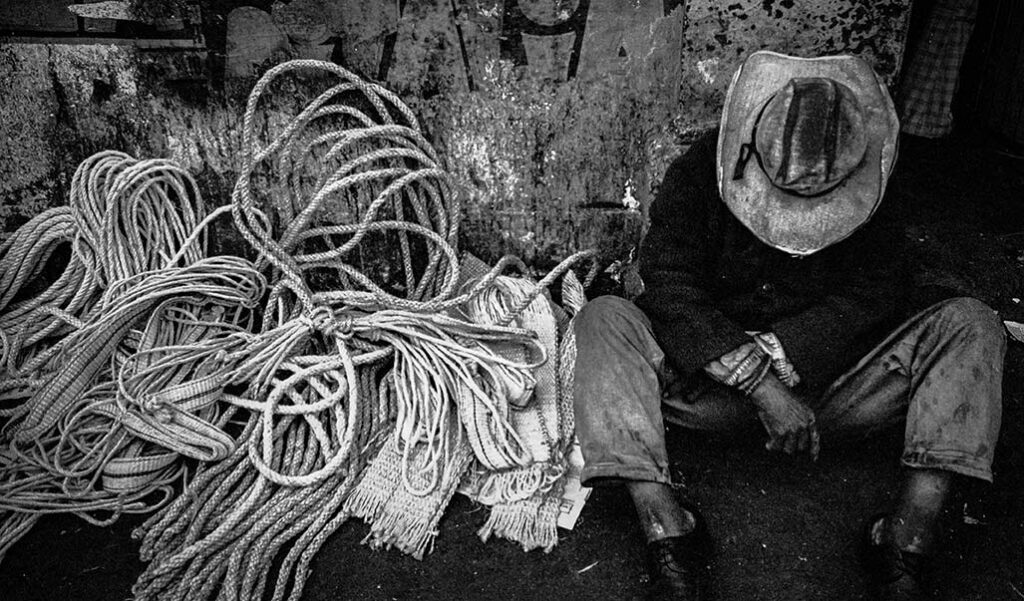
James Hayman © All rights reserved.
L. A.: What are the most significant challenges of shooting subjects in dangerous locations?
J. H.: In a nutshell, getting a violent reaction. For me, there has to be some sort of dialogue and an acceptance on the part of the subject. Sometimes, I will photograph surreptitiously until noticed and then attempt to start a dialogue. For the most part, I have had great success with that process. It affords me intimate as well as interactive moments.
L. A.: What lens do you use or tend to use in your work?
J. H.: Presently, I work with two cameras: the Leica M-10P with a Summilux 35MM lens and a Leica Q2 with a 28MM lens. I also have a 28MM and a 50MM for the M-10, but I mainly use the 35MM. This is because I was once told that if you hold your hands to either side of your face, cutting off your peripheral vision, you will have 35MM coverage. So it made sense to me to shoot with what was closest to what I normally see.
“I started interacting with my subjects, initiating conversations, learning about them as I shared a little of myself. Then, as that relationship developed, I would begin to photograph them. The result was an exciting interaction between subject and artist.”
L. A.: You mentioned your plans are to get back out in the world and explore again; what do you have in store? Do you see the world differently now after experiencing this year of a pandemic?
J. H.: I believe as the world comes out of the past year and a half and starts to make a recovery from the pandemic,
it will be like The Roaring Twenties. People will be geared up to resume living socially and with fervor. I would love to observe and record those moments. Also, after spending the past 9 months revisiting my archives of the last 50 years, I have a project in mind. That would be to return to various places I had photographed then and photograph them now. An exploration of then and now, of past and present, to see what throughlines exist or what has disappeared.
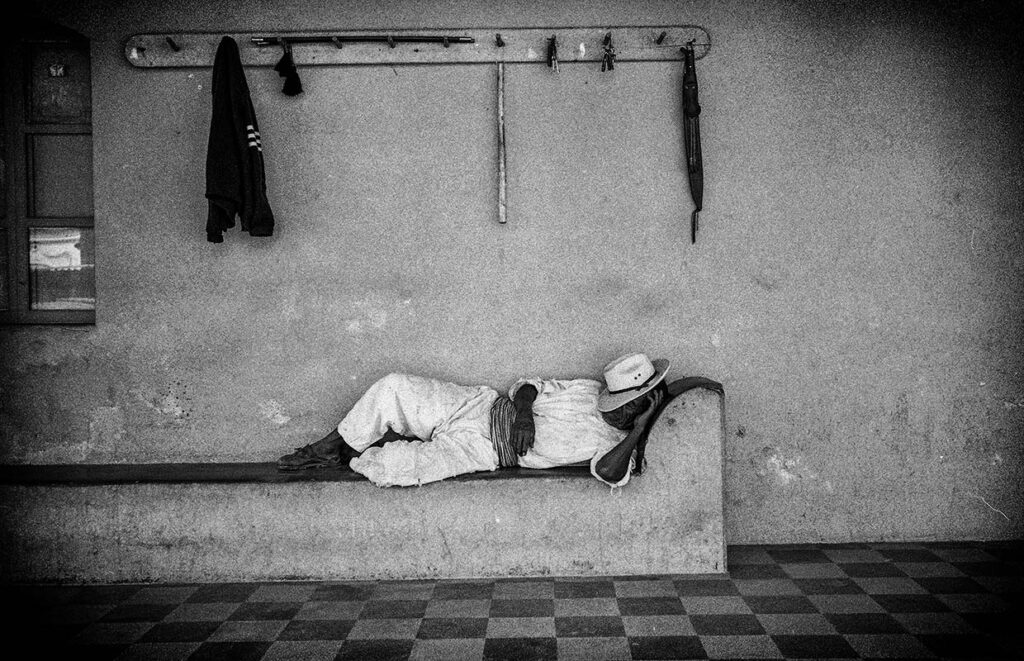
James Hayman © All rights reserved.
L. A.: Many of our readers are academics and photography enthusiasts, any valuable or lessons learned on the field that you would like to share…
J. H.: When I was shooting in Central America, I was solely shooting Kodak tri-X film. I was bulk loading the film into cartridges to save some money and then either shipping exposed film back to the U.S. or carrying it myself. I was using a Leica M-2 with a Summicron 35MM lens.
I rarely used a light meter, but I took some of the guesswork out of the equation by using the same film and the same equipment. By photographing so much, I got pretty good at reading the correct exposure. I also got very facile at manual focusing. Truly an example of practice makes perfect.
This new world that’s constantly changing opened my eyes in unforeseen ways. I found myself immersed in seeing how people were placed in their environment and, in a way, how their hearts and minds were in sync with their environment. For example, I have one photo of a line of men on top of a wall in Guatemala and one lone girl walking below.
To me, that was a good representation of women in that culture. At the other end of the spectrum is a photo of a man sleeping on a bench below a rack containing a machete, a sweater, and some keys. That was more purely a response to that image’s graphic nature, yet for me creates a sense of peace and tranquility.

